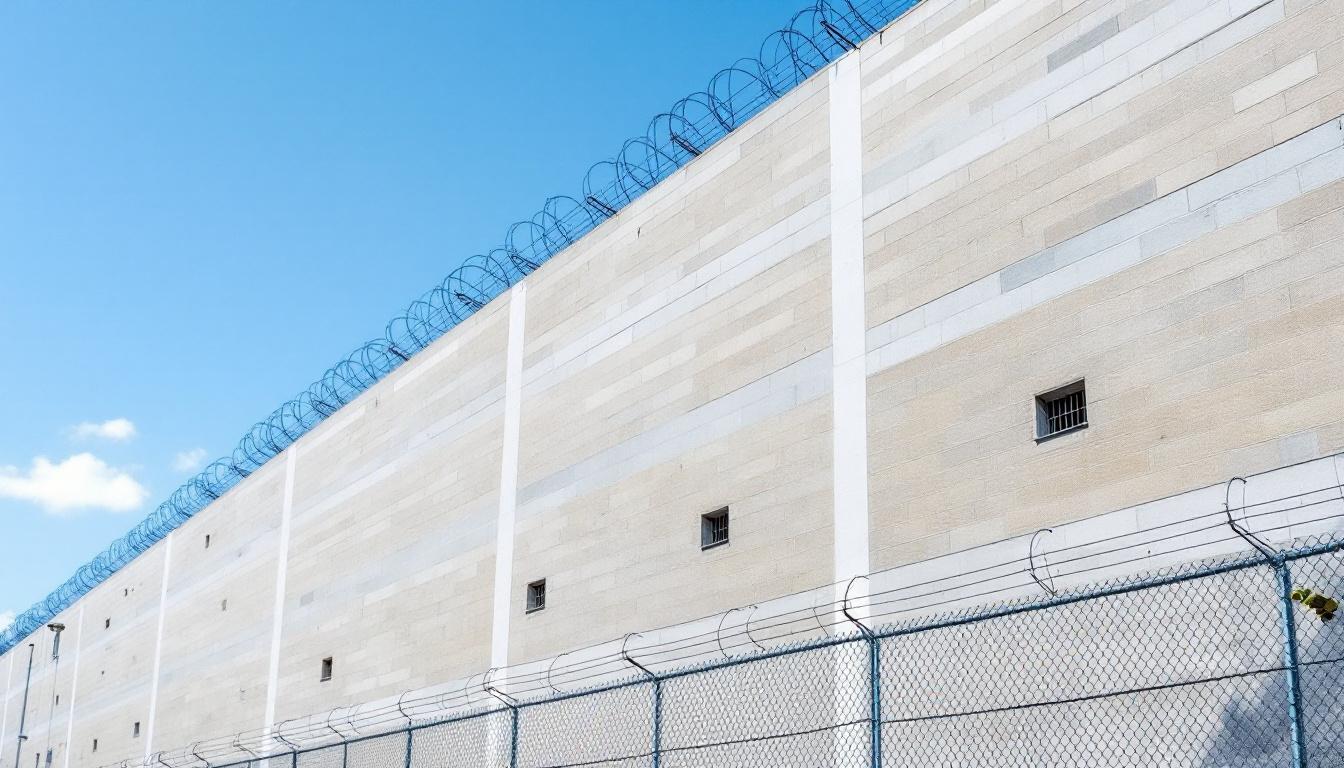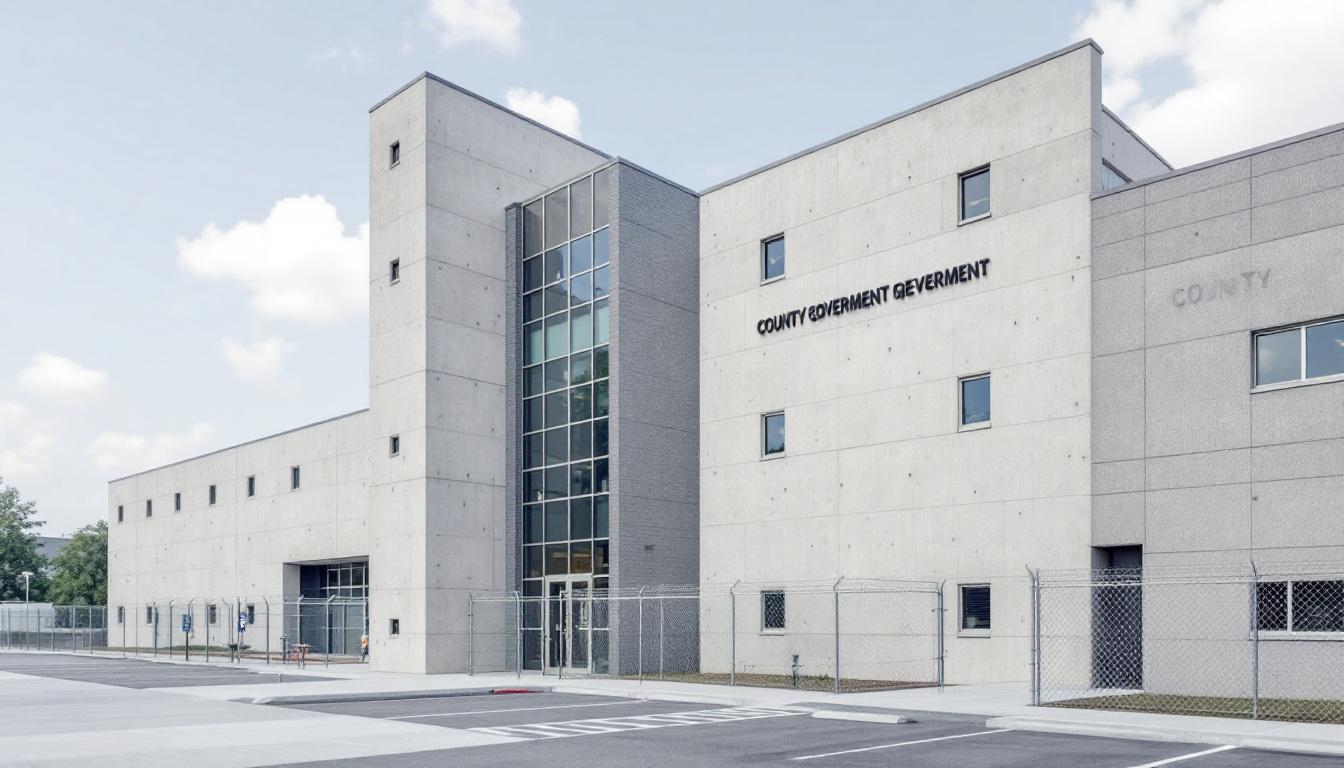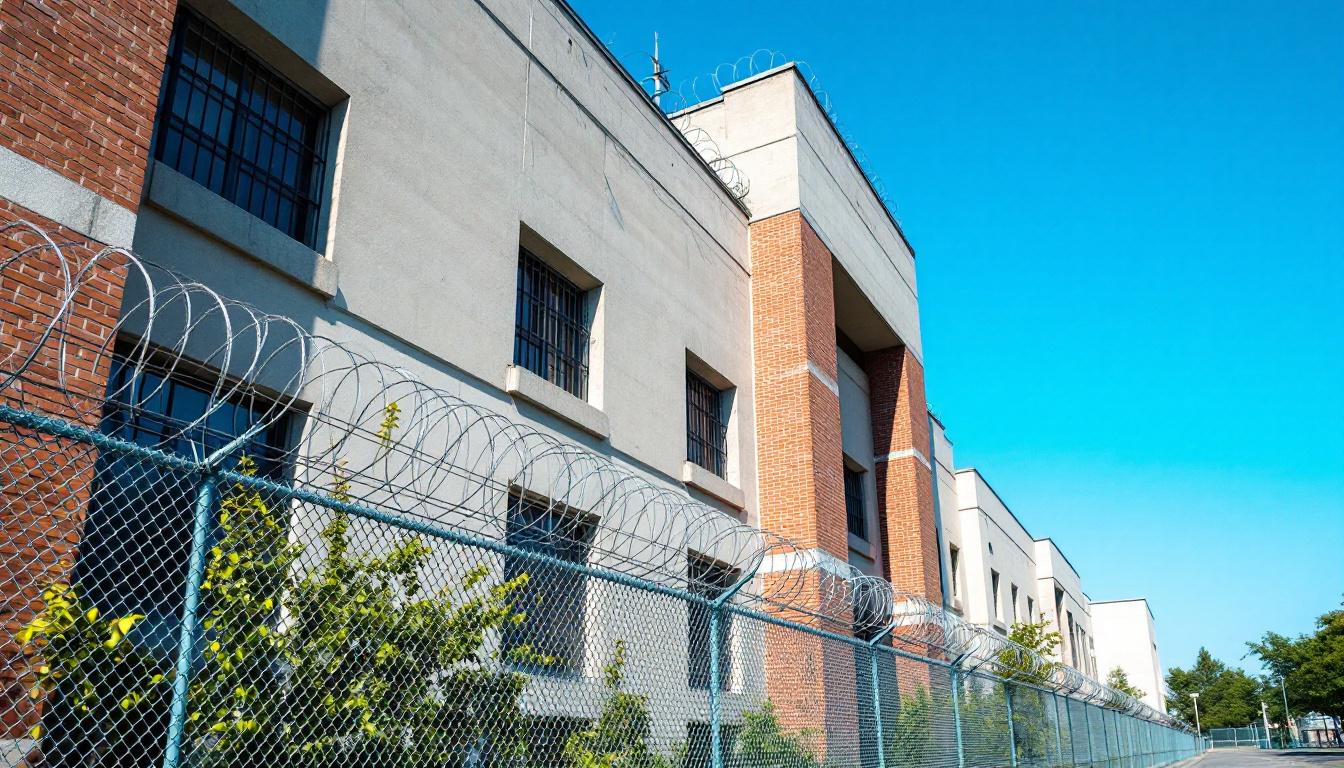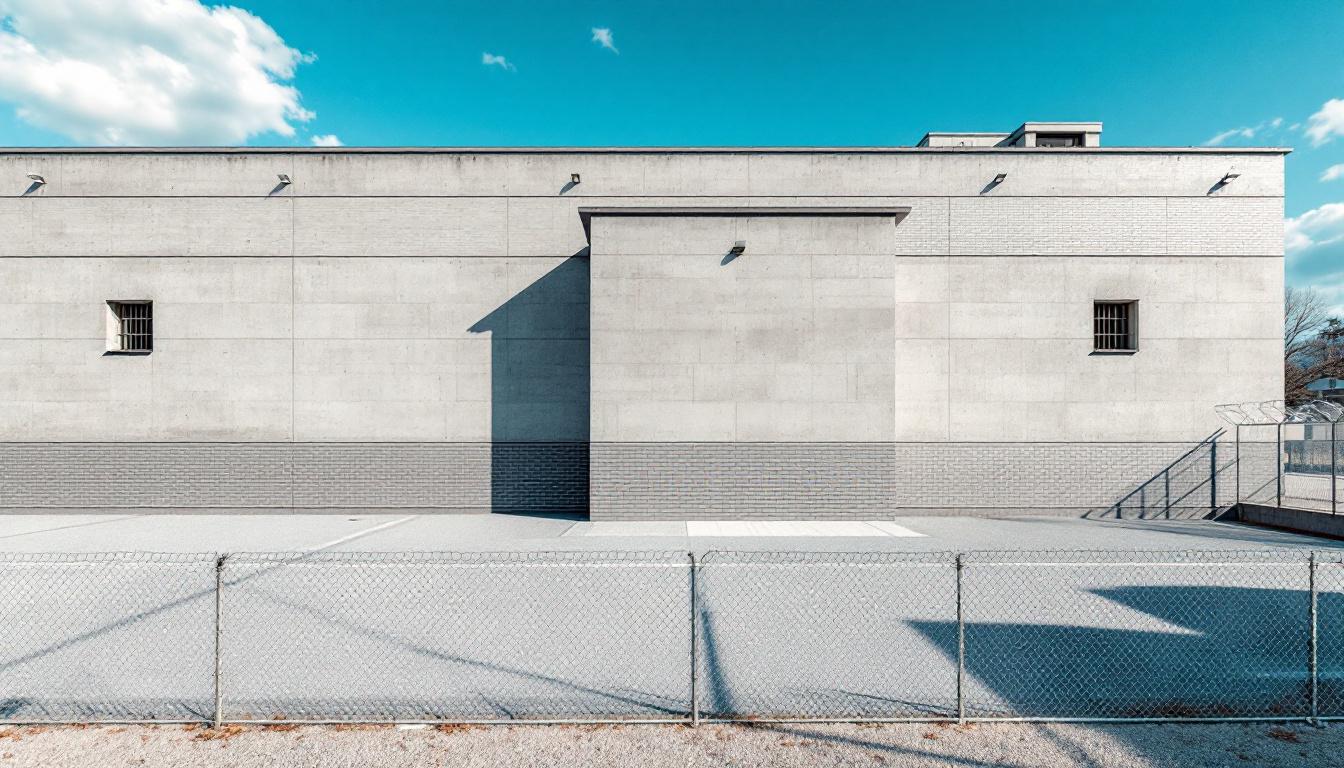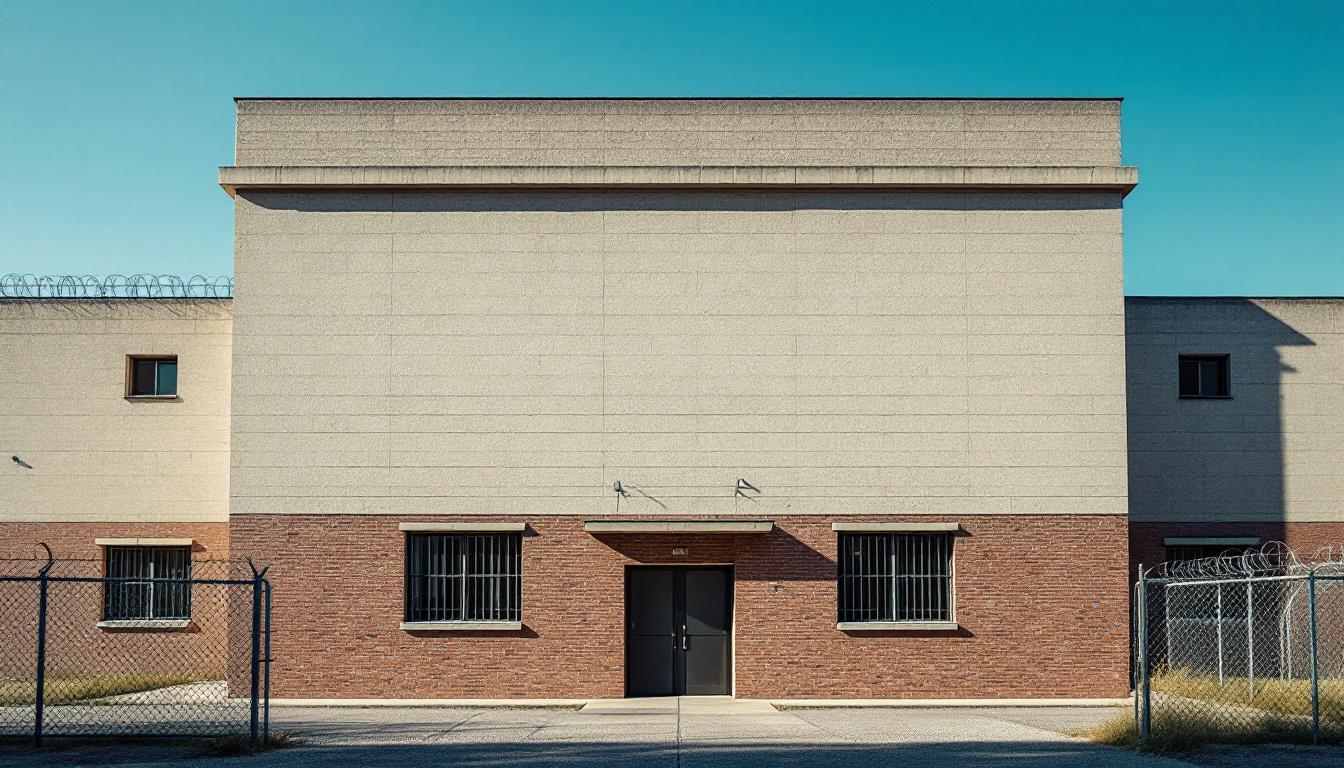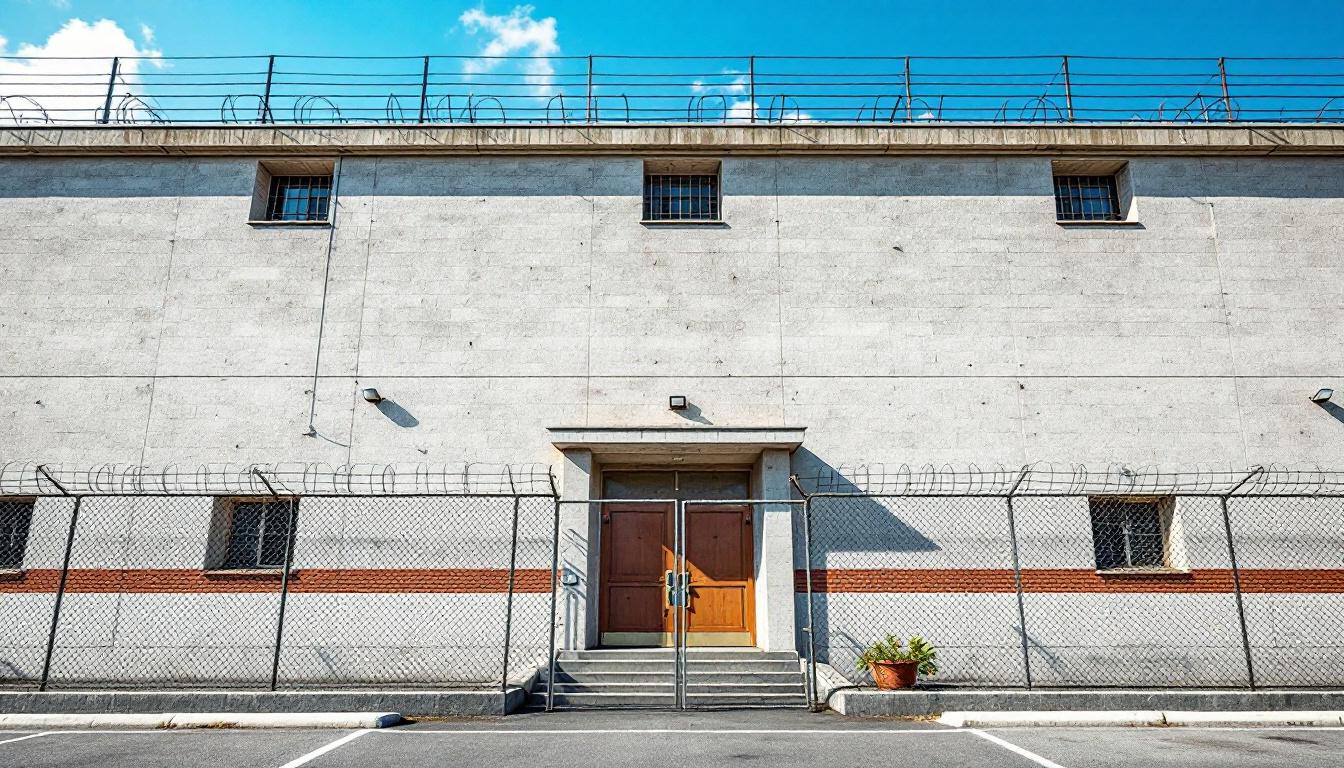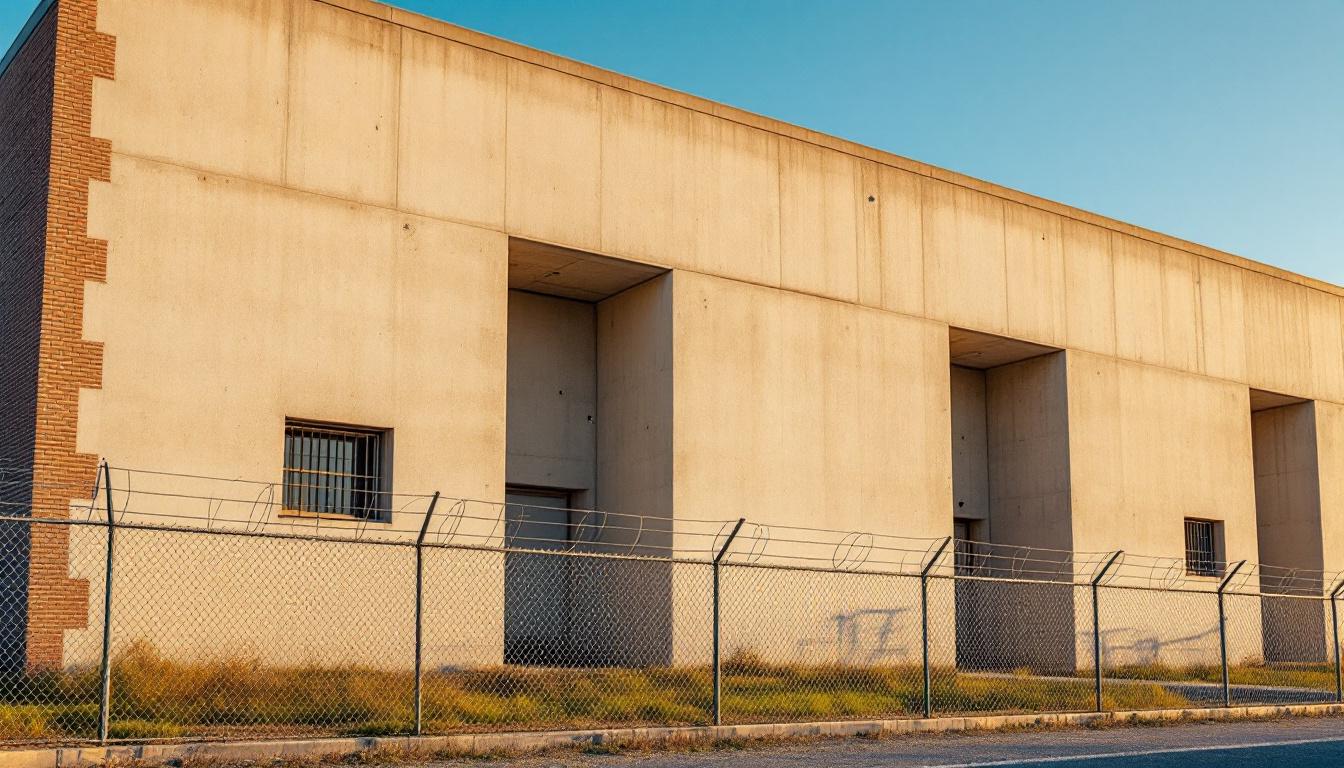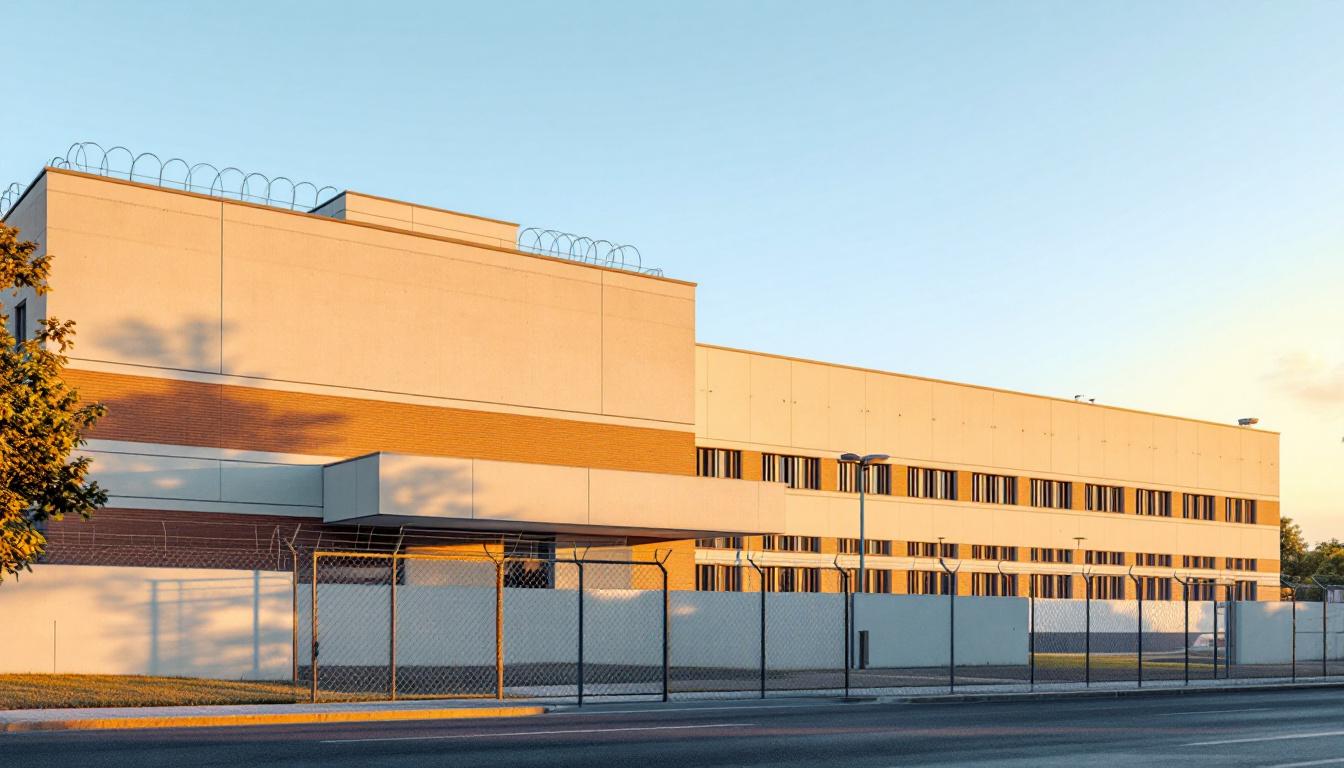
Quick Navigation
How to contact an inmate at Rio Grande Detention Center
This comprehensive guide will walk you through how to connect with an inmate at Rio Grande Detention Center. Follow the steps below to find an inmate and send letters and photos:
- Search for the inmate using our search tool below
- Create your account or log in to Penmate
- Write your message (up to 6,000 characters)
- Send instantly - inmates receive printed copies daily
Find an Inmate
Search for an inmate to start communicating today
Tip: You can search by first name, last name, or inmate ID number
To contact a person at Rio Grande Detention Center start by searching for the person on the official facility website. Perform a search by following these steps:
- Step 1: Enter their first name and last name into the search form and click "Search"
- Step 2: Locate their inmate record
- Step 3: Write down their Inmate ID and any housing information provided
Important! Be sure to enter the person's full name. Nicknames should not be used.
How to Send Messages to Inmates

You can use your phone or computer to send emails, letters, and photos to an inmate. Messages are sent electronically to inmate tablets or kiosks at the facility. If you would like to send a message, start by searching for an inmate at Rio Grande Detention Center.
Sending Photos and Postcards

A great way to send love and support to a loved one at Rio Grande Detention Center is to send photos and postcards. It only takes a few minutes to send photos from your phone and it makes a huge difference. You can also mail postcards with words of support and inspiration, or design your own postcard for special moments like birthdays and holidays.
Important! Be sure not to send any explicit photos or they may not be approved by the facility. You can also use a photo printing app like Penmate to make sure your photos are printed at the correct size (4x6 or 3x5) and are mailed according to the rules and regulations of Rio Grande Detention Center.
Frequently asked questions about Rio Grande Detention Center
-
How long does it take to deliver a message?
If you're sending an email message your letter is usually delivered within 24-48 hours. For messages sent via mail you should expect delivery within 3-7 days. All messages will need be approved by Rio Grande Detention Center.
-
How much does it cost to send a message to Rio Grande Detention Center?
You can send a message free using your phone or mail a message via USPS for the price of a $0.60 stamp and envelope. You can also purchase credits or e-stamps from services starting at $1.99.
-
What services can I use to contact an inmate at Rio Grande Detention Center?
Penmate
You can use Penmate to send letters and photos to an inmate from your phone. It's an easy way to stay in touch during your loved one's incarceration. Use the inmate locator to find an inmate's location and contact information, then you can send messages within a few minutes.
Securus messaging
Securus may be another option for communicating with an inmate at Rio Grande Detention Center. You can create a friends and family account and purchase credits to send messages. All messages will be reviewed and must be approved by the facility.
JPay
Some county jails and state prisons may support sending messages with JPay. You must register an account with the system, find your loved one, and purchase stamps to send messages. For some locations you can also attach photos.
Smart Jail Mail
You may also check if Smart Jail Mail is available at Rio Grande Detention Center. Smart Jail Mail is operated by Smart Communications and has contracted with some state and county jails. After purchasing credits, your messages and photos are sent to the facility, printed out, and then handed out to your loved one.
-
What is the mailing address of Rio Grande Detention Center?
Mailing address:
Rio Grande Detention Center
1001 San Rio Blvd
Laredo, TX 78046
Phone: (956) 718-4700Business hours:
- Monday: 8:00 AM – 5:00 PM
- Tuesday: 8:00 AM – 5:00 PM
- Wednesday: 8:00 AM – 5:00 PM
- Thursday: 8:00 AM – 5:00 PM
- Friday: 8:00 AM – 5:00 PM
- Saturday: Closed
- Sunday: Closed
-
What are the visiting hours at Rio Grande Detention Center?
Visiting hours at Rio Grande Detention Center vary by housing unit and security level. Generally, visits are scheduled on weekends and holidays, with some facilities offering weekday visits. Contact the facility directly at (956) 718-4700 or check their website for the current visiting schedule. Visits typically last 30-60 minutes and must be scheduled in advance.
-
What items are prohibited when sending mail to Rio Grande Detention Center?
Prohibited items typically include: cash, personal checks, stamps, stickers, glitter, glue, tape, staples, paperclips, polaroid photos, musical or blank greeting cards, hardcover books, magazines with staples, and any items containing metal or electronics. Only send letters on plain white paper with blue or black ink. Photos must be printed on regular photo paper (no Polaroids). Always check with Rio Grande Detention Center for their specific mail policies.
-
How do I send money to an inmate at Rio Grande Detention Center?
You can send money to an inmate at Rio Grande Detention Center through several methods: 1) Online using JPay, Access Corrections, or the facility's approved vendor, 2) Money orders mailed directly to the facility with the inmate's name and ID number, 3) Kiosks located in the facility lobby, or 4) Over the phone using a credit or debit card. Fees vary by method, typically ranging from $2.95 to $11.95 per transaction.
-
Can I schedule a video visit with an inmate at Rio Grande Detention Center?
Many facilities now offer video visitation as an alternative to in-person visits. At Rio Grande Detention Center, video visits may be available through services like Penmate, Securus Video Connect, GTL, or ICSolutions. Video visits typically cost $10-20 for 20-30 minutes and must be scheduled in advance. You'll need a computer or smartphone with a camera and reliable internet connection. Contact the facility for their specific video visitation policies and approved vendors.
-
What identification do I need to visit an inmate at Rio Grande Detention Center?
All visitors must present valid government-issued photo identification such as a driver's license, state ID, passport, or military ID. Minors must be accompanied by a parent or legal guardian who can provide the minor's birth certificate. Some facilities require visitors to be on the inmate's approved visitation list, which may require a background check. Contact Rio Grande Detention Center for specific ID requirements and visitor approval procedures.
-
How can I find out an inmate's release date?
To find an inmate's release date at Rio Grande Detention Center, you can: 1) Use the online inmate search tool if available, 2) Call the facility's records department, 3) Contact the inmate's case manager or counselor, or 4) Have the inmate provide this information during a call or visit. For privacy reasons, some facilities only release this information to immediate family members.
Facility Overview
Contact Information
Rio Grande Detention Center1001 San Rio Blvd
Laredo, TX 78046
Phone: (956) 718-4700
Official Website

About Rio Grande Detention Center
Situated along the Rio Grande Valley in Laredo, Texas, this detention facility operates within the broader framework of the state's correctional infrastructure, serving communities throughout the southern region. The Rio Grande Detention Center, Tx functions as part of Texas's comprehensive approach to detention services, typically housing individuals awaiting court proceedings or serving shorter-term sentences within the local judicial system.
As a TX correctional facility, the center generally emphasizes programs designed to support successful community reintegration while residents await resolution of their cases. Educational opportunities may include basic literacy programs, GED preparation, and vocational training initiatives that align with regional employment needs. The facility often incorporates substance abuse counseling, mental health services, and life skills development as core components of its residents services approach, recognizing the importance of addressing underlying factors that contribute to involvement in the justice system.
The detention center's location in Laredo positions it strategically within Texas's border region, where it typically collaborates with local courts, law enforcement agencies, and community organizations to facilitate effective case processing and transition planning. Staff generally focus on maintaining security while providing access to legal resources, family communication opportunities, and preparation programs that support residents' eventual return to their communities throughout the Rio Grande Valley and surrounding areas.
Programs & Services
Comprehensive rehabilitation initiatives at Rio Grande Detention Center focus on addressing the diverse needs of residents through evidence-based programming designed to reduce recidivism and promote successful community reintegration. The facility's approach typically emphasizes skill development, personal growth, and therapeutic intervention as interconnected components of the rehabilitation process. These initiatives often include structured pathways that allow residents to progress through various levels of programming based on their individual needs and commitment to personal change.
Educational and vocational training initiatives form a cornerstone of the facility's rehabilitation efforts, providing residents with practical skills that may enhance their employment prospects upon release. Vocational training programs typically cover trades such as construction, automotive repair, and food service, offering hands-on experience that residents can apply in the workforce. These programs often include certification opportunities that may help participants demonstrate their qualifications to potential employers. The educational component frequently encompasses basic literacy, GED preparation, and life skills training designed to address fundamental knowledge gaps that may have contributed to criminal behavior.
Moreover, therapeutic and support initiatives address the underlying issues that often contribute to criminal activity while fostering personal accountability and growth. Mental health counseling services typically provide both individual and group therapy sessions, helping residents develop coping strategies and address substance abuse issues, trauma, or other psychological challenges. Work programs within the facility may offer residents the opportunity to develop work habits and responsibility while contributing to facility operations. Faith-based initiatives often provide spiritual guidance and community support for those seeking religious or spiritual growth, while mentoring programs typically connect residents with positive role models who can offer guidance and support throughout the rehabilitation process.
Daily Life & Visitation
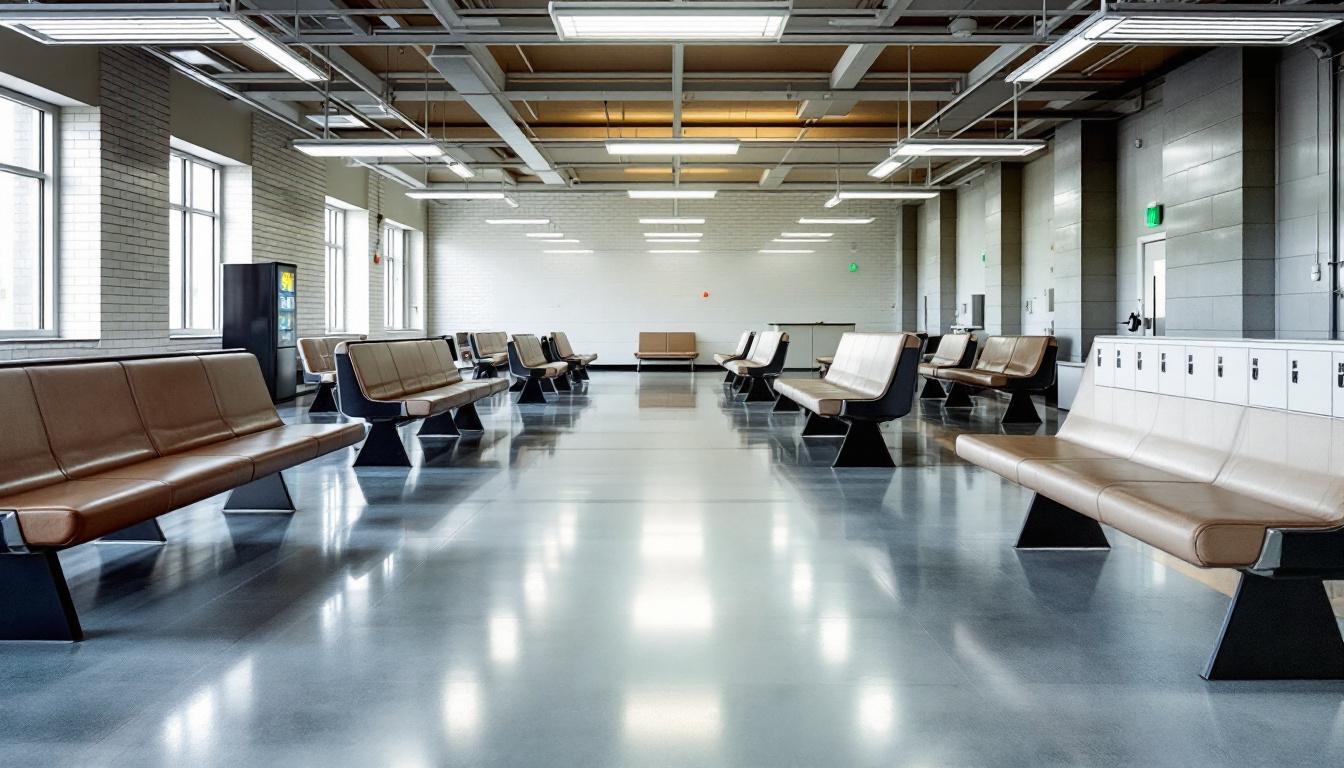
Structured routines form the foundation of daily operations, with residents following established schedules that typically begin before dawn and continue through evening hours. At present, the facility actively maintains consistent meal times, work assignments, and programming activities that help residents adapt to institutional life. Count times occur regularly throughout the day, ensuring accountability while allowing residents to participate in various activities between these security procedures.
Housing units at the Rio Grande Detention Center generally accommodate residents in dormitory-style or cell arrangements, depending on classification levels and security requirements. Personal property allowances typically include basic clothing items, hygiene supplies, and limited personal effects that residents may purchase through the commissary system. Moreover, residents usually have access to common areas within their housing units where they can watch television, play games, or socialize during designated recreation periods.
The facility typically delivers structured programming that may include educational classes, work assignments, and recreational activities designed to maintain productive daily routines. Whereas some residents work in food service, laundry, or facility maintenance, others might participate in educational programs or vocational training opportunities. Family connections remain important through scheduled visitation periods and telephone privileges, which generally allow residents to maintain contact with loved ones while serving their time. Recreation opportunities often include outdoor exercise periods, indoor activities, and access to library services that help residents constructively use their time.
Ready to Connect?
Start communicating with your loved one today
Search for an Inmate
